This section starts in Peniche, an essential stop before heading to the Berlengas archipelago, a recognized Nature Reserve known for its unique marine life and a favorite spot for divers. Berlenga Island is a must-visit with attractions like the Fortress of S. João Baptista, Duke of Bragança Lighthouse, and Carreiro do Mosteiro Beach. You can also venture into the caves with the assistance of small boats available on-site.
Continuing north from Peniche, the coastline extends for several kilometers and features beaches such as Lagido and Supertubos, renowned as the venue for the Rip Curl Pro Portugal World Surfing Championship. Additionally, you’ll come across Baleal Beach, accompanied by the islet of Papoa, a rocky peninsula that provides opportunities for observing seabirds.
Moving along, you’ll discover more beaches, like d’El Rei, Covões, Rei Cortiço, and Bom Sucesso. The route ends at the Óbidos Lagoon, Portugal’s longest coastal lagoon system, and a haven for diverse bird species and bivalve mollusks. Here you can still witness the traditional bateiras boats.
The route then skirts the lagoon, passing near the charming town of Óbidos, a destination deserving of your time. Within its picturesque town walls, you’ll encounter the Castle and a maze of white houses. The town also boasts various examples of religious architecture, including the Santa Maria Parish Church, Misericórdia Church, S. Pedro Church, and the Pillory. Beyond the walls, you’ll find the Aqueduct and the Sanctuary of Senhor Jesus da Pedra. A visit to Óbidos wouldn’t be complete without savoring the famous and traditional Ginjinha of Óbidos, available at numerous establishments.
Continuing your journey north, you have the option to explore Caldas da Rainha, a town with notable historical figures, including the caricaturist Rafael Bordalo Pinheiro, credited with establishing the Faience Factories of Portugal, the birthplace of the renowned Caldas crockery. For a leisurely stroll, D. Carlos I Park and the Rainha D. Leonor Forest come highly recommended. Moreover, the Ceramics Museum and the Hospital and Caldas Museum are well worth a visit.
Finally, your route ends at Foz do Arelho, where the Óbidos Lagoon meets the sea, offering two distinct beach experiences: one calm for kids and windsurfers on the lagoon side, and the other open to the sea.
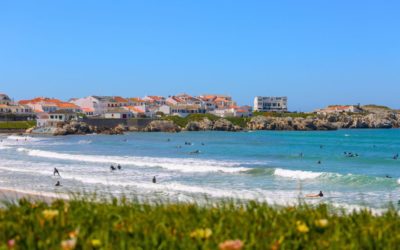
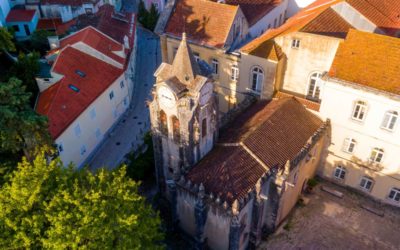
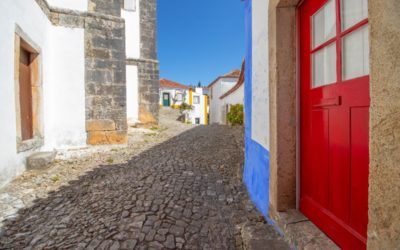
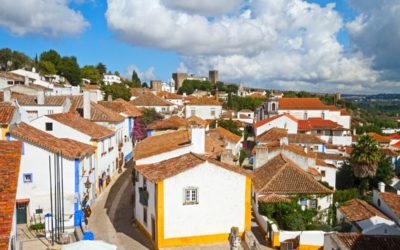
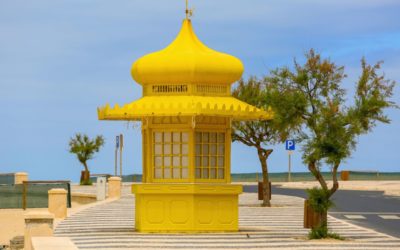
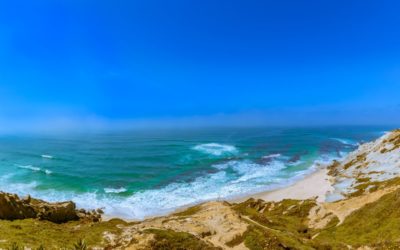
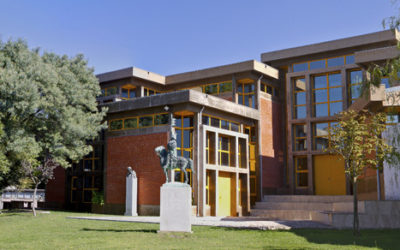
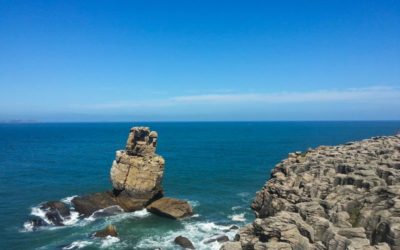
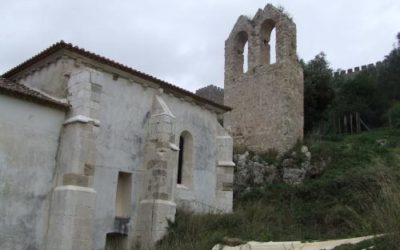
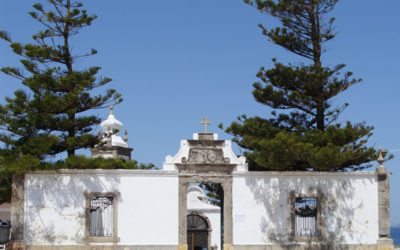
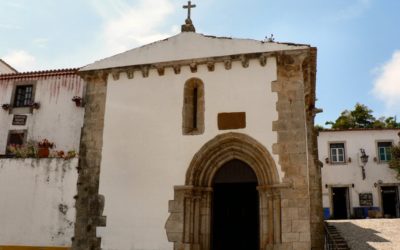
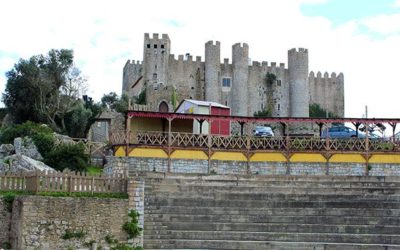
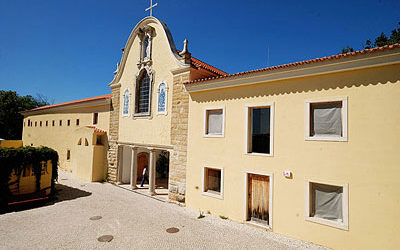

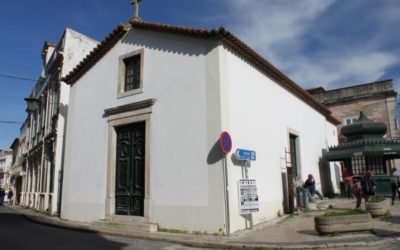
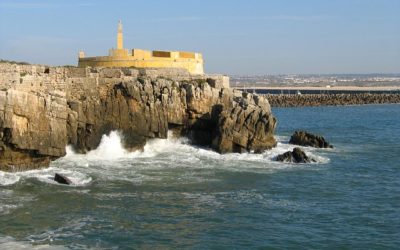
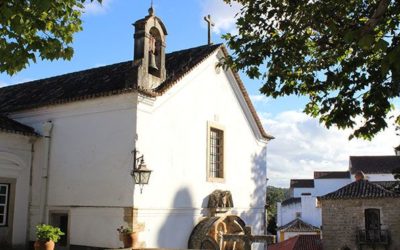
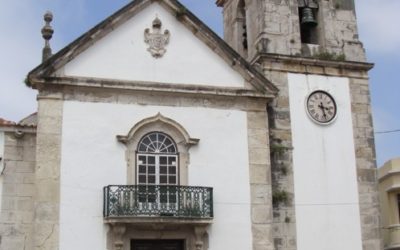
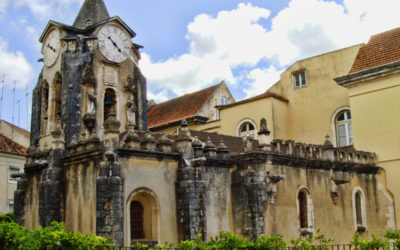
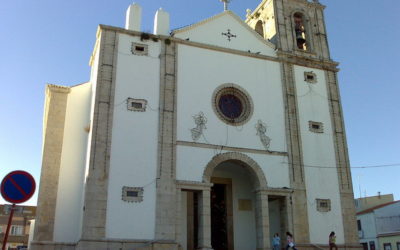
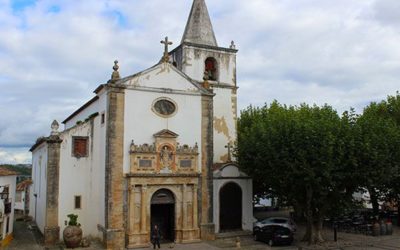
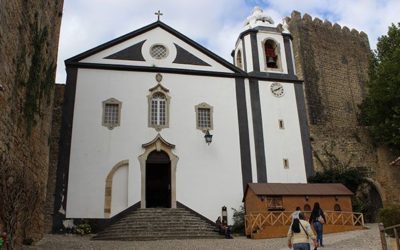
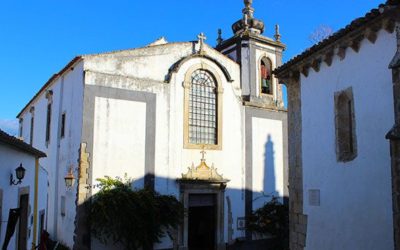
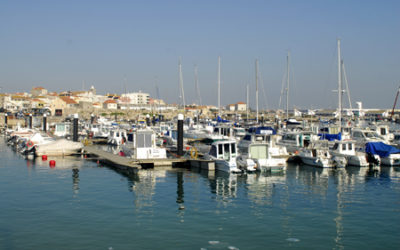
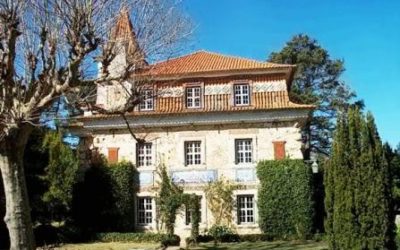
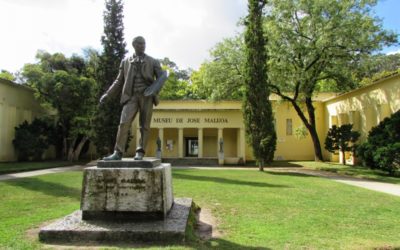
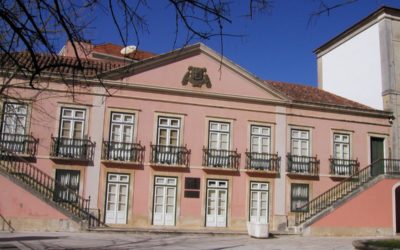
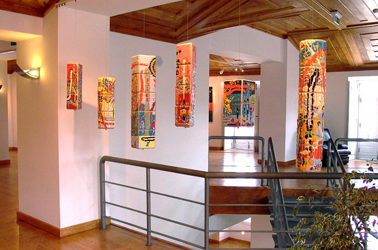
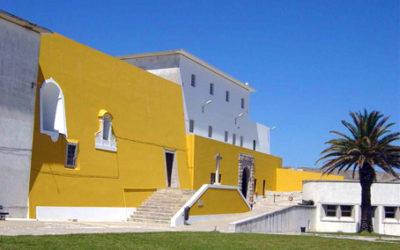
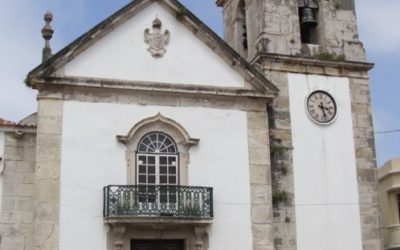
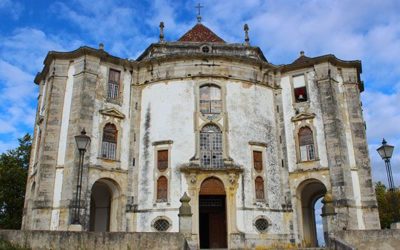
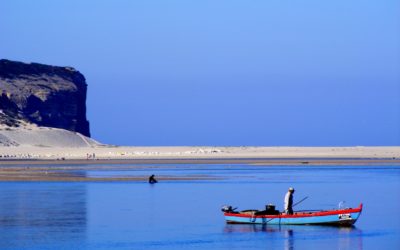
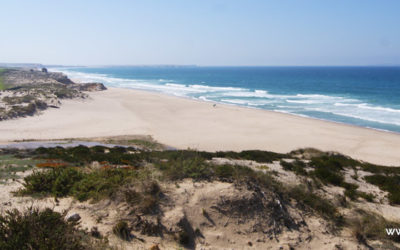
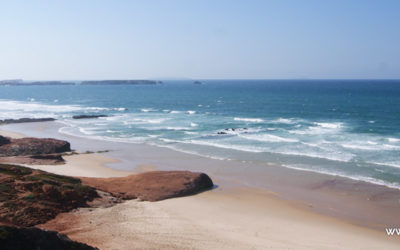
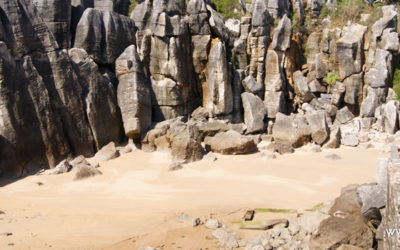
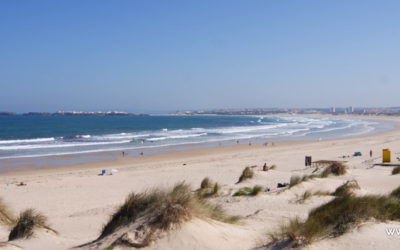
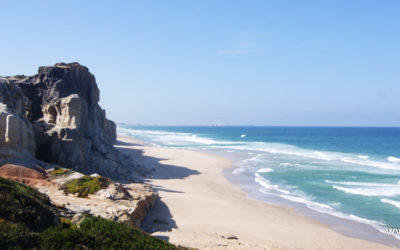
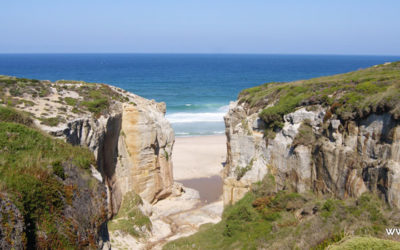
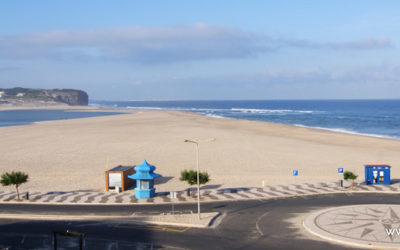
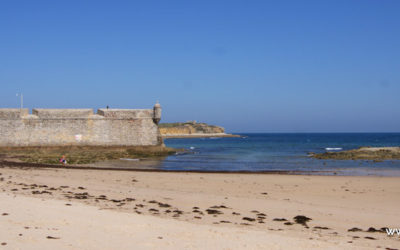
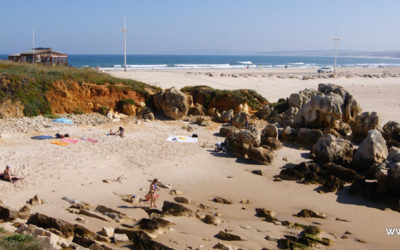
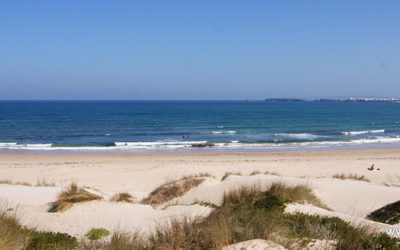

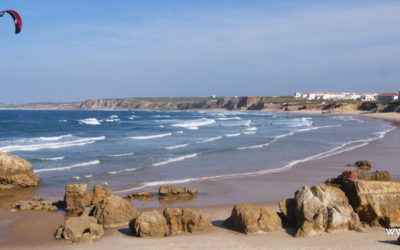
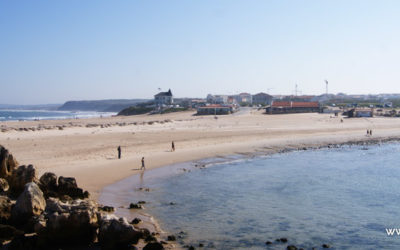
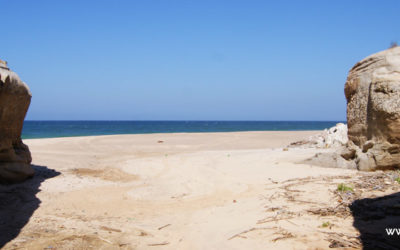
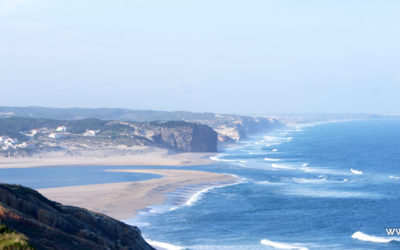
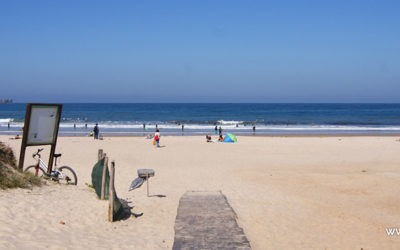
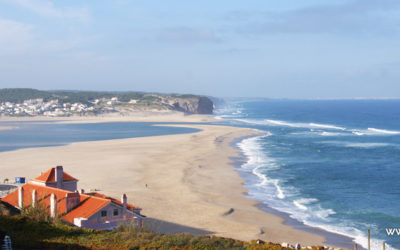
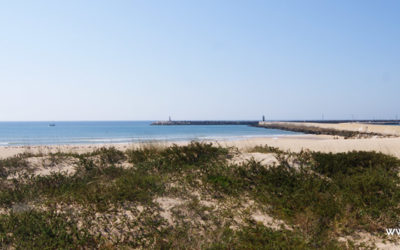
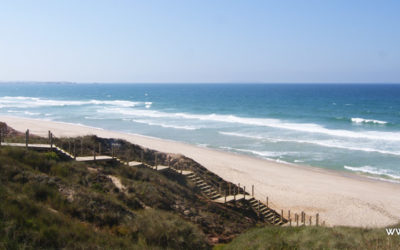
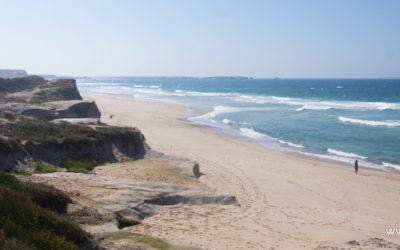
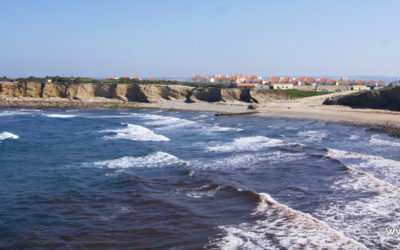
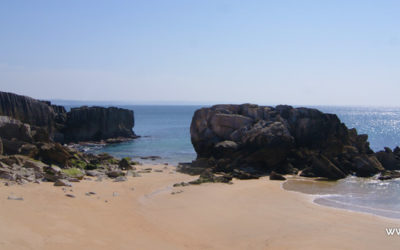
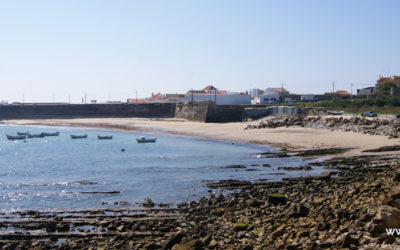
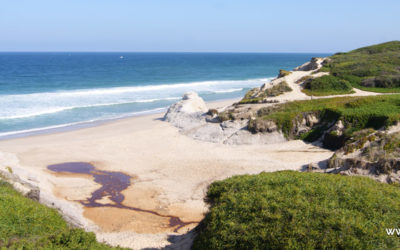

Comments: Section 18